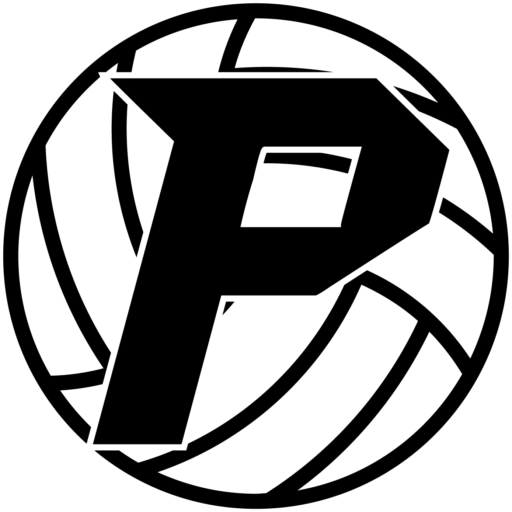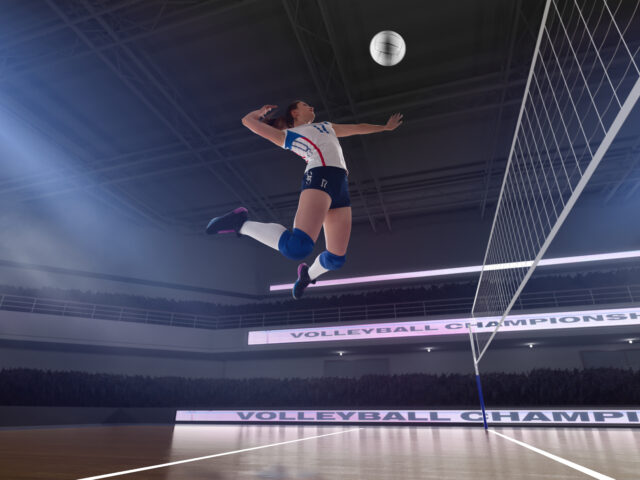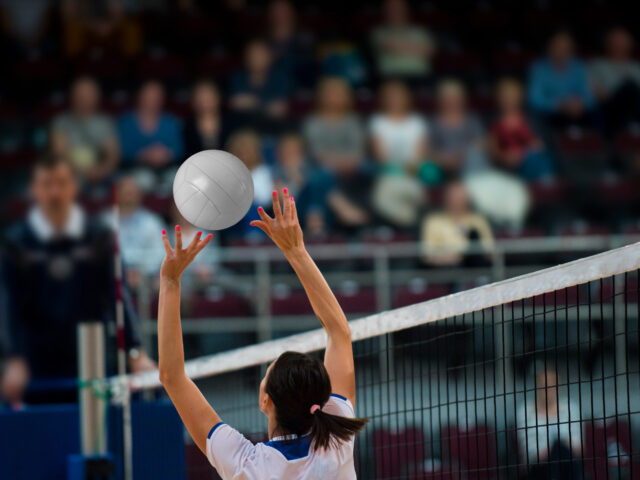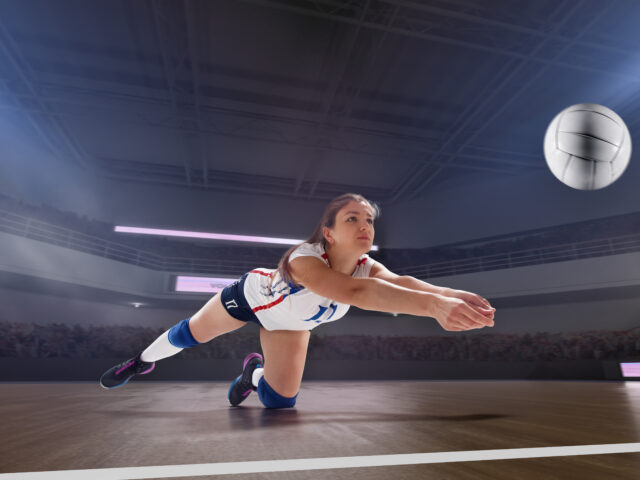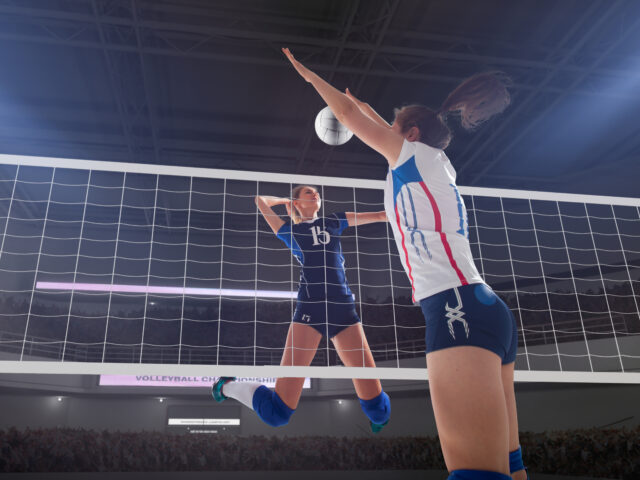WHAT ISVOLLEYBALL?
If you answered 'Yes!' to any of those questions, check out the different positions below. These are just the basic skills Coaches look for when trying to choose players to fill their team. Obviously, this is just a small list of skills that are developed thought playing. While it is a limited explanation, we hope that it at least helps you in your knowledge and pursuit of becoming a better all-around Volleyball player.
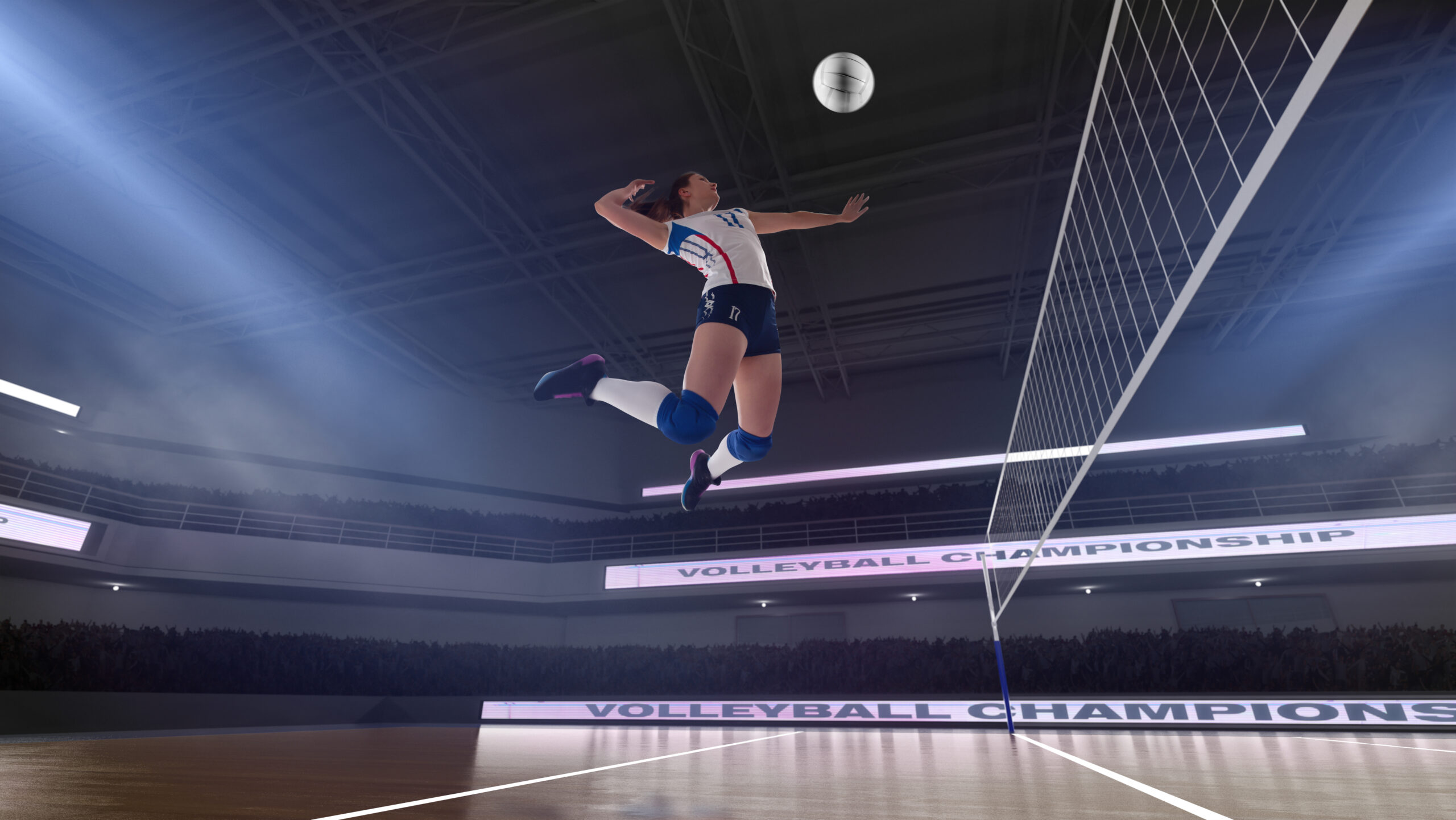
OUTSIDE HITTER
Everyone LOVES to be an outside hitter. It doesn’t matter if you are a better Libero, or perfect at setting, somewhere down deep inside, every player loves to attack the ball. While height may be advantageous to an Outside Hitter, it is not the most crucial attribute one has. Check out the list below and see if you can relate to what’s there.
Key Concepts of an Outside Hitter
1. Proper Serve/Receive passing technique.
2. Calling out the hitters on opposite team while playing defense.
3. Good observation of opponent hitters during play.
4. Quick adjustment to set up the block.
5. Properly covers her teammates’ hits when not actively attacking the ball.
6. Good communication with setter / runs the proper play called by the setter.
7. Good ability to make an attack or play on the ball during every play.
8. If skilled enough, can learn switch the attack from cross-court to line, or anything in between, based on the opponents’ blockers.
Key Attributes for an Outside Hitter: Good Passing Skills, Proper Approach and Form, Good Vertical, and Good Arm Swing, Wrist Snap and Follow-Through.
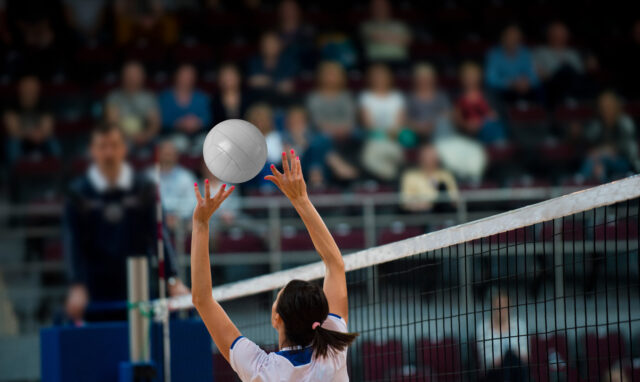
SETTER
If, however, your desire is to be a ‘Setter’, there are a few key skills that are crucial to being the best setter you can be. A Setter MUST be able to process how a play is developing, and without hesitation. The Setter is the person that the entire rest of the team looks to for instruction on where the ball is going and which attacks are on the table. Another crucial quality of a Setter is the ability to be consistent. The sets should be sent in the same way and to the proper locations every time. You could say, the Setter is the backbone of team and also has the highest level of decision making while in the middle of a game situation.
Key Concepts of a Setter
1. Correct positioning of the entire team before the serve.
2. Solid and constant communication with the hitters as well as the rest of the team, whether front row or back row.
3. Split decision making while in a game situation to determine who gets the ball and which attacks are going to be set.
4. Ability to read opponents’ blockers and adjust set accordingly.
5. Ability to choose to dump or tip a set around the blockers in a split second.
Key Attributes for a Setter: Consistency, Clean Hands, Good Communication, Good Split-Second Decision Making, Good Leadership.
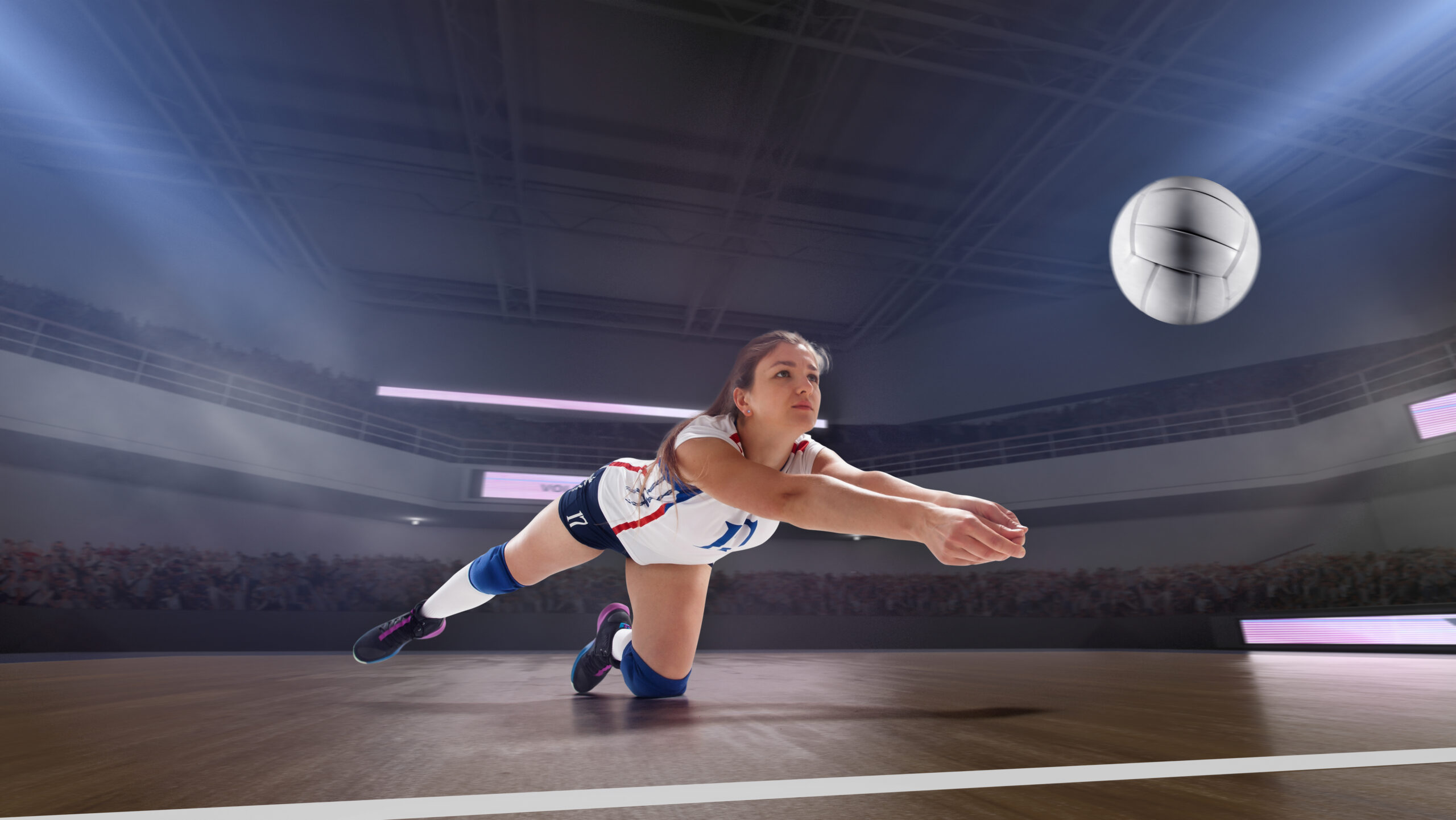
LIBERO
The Libero, without a doubt, is one of the most important defensive players on the court. Having a great set or a great attack is awesome, but neither can happen without first having a great pass. The Libero will have to pass the ball in most serve/receive scenarios. In addition, the Libero must be quick on their feet and willing to be all over the court to cover, expecting that every ball that comes over is theirs.
Key Concepts of a Libero
1. Excellent defensive passing technique and skills.
2. Has the mindset that every ball is hers.
3. Excellent Serve/Receive passing skills.
4. Quick on their feet / Ready to cover most of the court.
5. Excellent ball control.
6. Did I mention good passing skills? (Grin)
7. Ability to read the opponents and change their angle across from the hitters at a moment’s notice.
Key Attributes for a Libero: Fast movement, excellent ball control and passing, willing to sacrifice to get the ball.
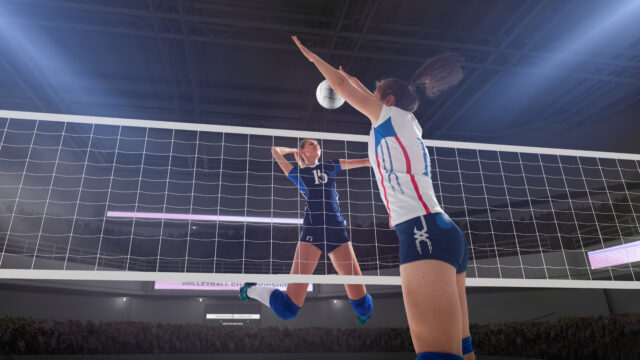
MIDDLE BLOCKER
When you consider playing a ‘Middle’, there are a few things that are crucial to performing well. For one, they can read the opponent’s setter. They are also quick enough to get from one side of the court to the other. The middle is also a key player in that, they help keep the opponents guessing with a variety of attacks from a variety of sets and positions at the net.
Key Concepts of a Middle Blocker
1. Correct positioning before the serve.
2. Able to identify opponents’ hitters and setter(s).
3. Mindful of opponents’ hitters movements.
4. Read the setter to determine set placement.
5. Quick movement at the net to proper positioning to block attack.
6. Close the block and penetrate the net with your arms.
7. Quick recovery and transitioning between blocking and attacking.
Key Attributes for a Middle Blocker: Quickness, Height, Strength
